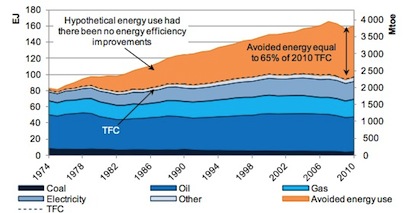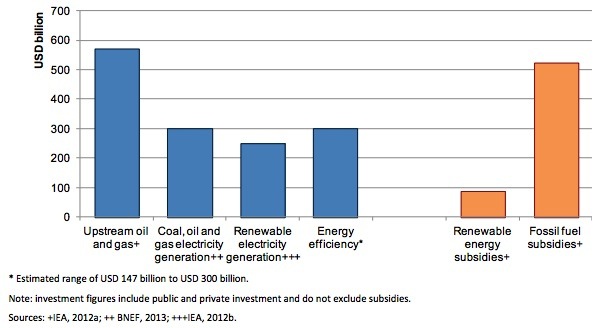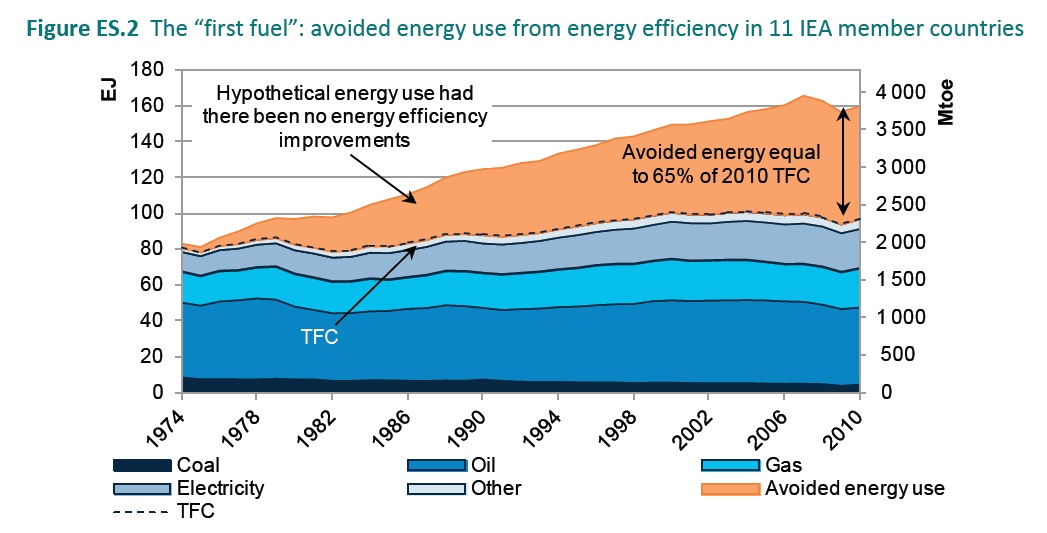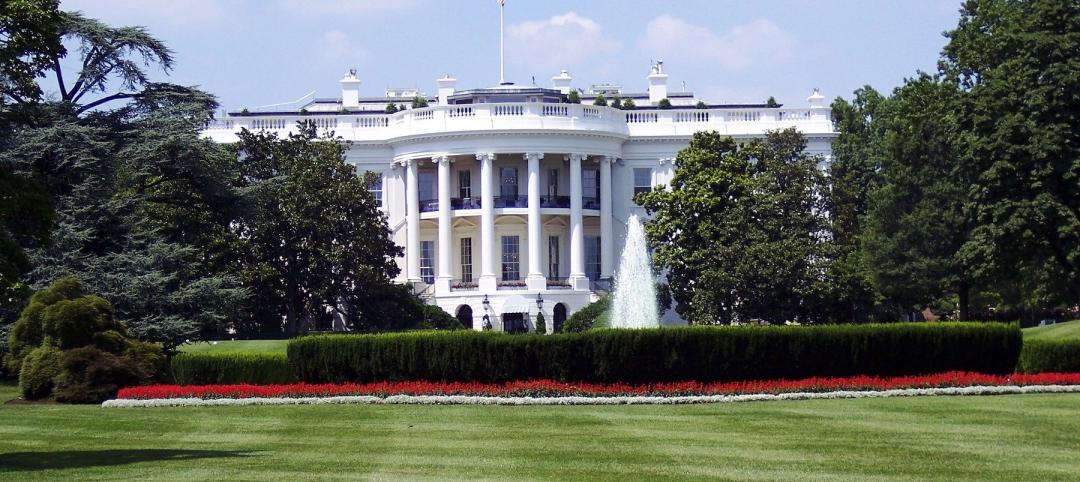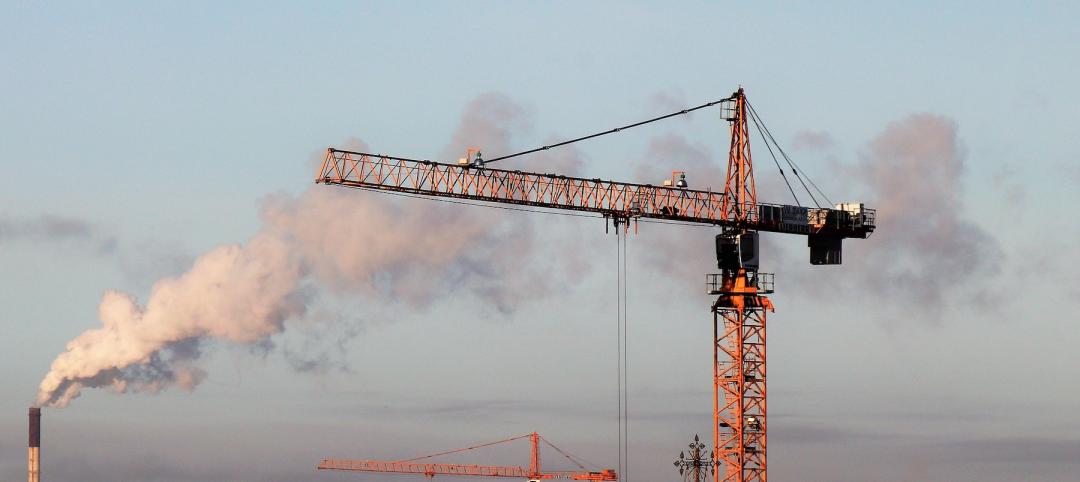Avoided energy use attributable to energy-efficiency investments undertaken since 1974 has resulted in a contribution outstripping the annual consumption of oil, natural gas, electricity, and coal, according to a report by the International Energy Agency, a global NGO.
An analysis of energy consumption in 11 IEA member countries indicates that avoided annual energy use in 2010 was 63 exajoules, or the equivalent of 1.52 billion tonnes of oil. This avoided energy use was larger than the countries' consumption of oil (43 EJ), electricity and natural gas (22 EJ each), and coal (less than 10 EJ).
The equivalent cost of oil for 63 exajoules of energy would have been about $420 billionUS. (Countries included in the analysis were Australia, Denmark, Finland, France, Germany, Italy, Japan, the Netherlands, Sweden, the United Kingdom, and the United States.)
Investments in energy efficiency measures have also reduced the amount of energy needed to produce each unit of gross domestic product, according to the report. As of 2011, total investment in energy efficiency resembled the supply-side investment in renewable or fossil-fuel electricity generation.
However, fossil-fuel development benefits from a much higher level of government subsidies than energy-efficiency measures. In 2011, fossil fuels were the recipient of more than $500 billion in global subsidies, compared with less than $100 billion in subsidies for renewable energy (below).
Table: Global investments and subsidy in selected areas of the energy system, 2011. Source: IEA.
The IEA indicates that governmental policy interventions are the most significant stimulant for energy-efficiency investments. High energy prices are also triggering expansion of the energy-efficiency market, though subsidies for fossil fuels continue to artifically reduce the price consumers pay for energy.
Performance improvements in buildings are targeted as an important factor in continued reduction of global energy use. The report discusses notable investments in this area by Germany, New Zealand, France, and Mexico, mainly involving residential construction.
For the medium term, the IEA predicts that private investment enabled by favorable government policies, rather than direct public investment, will continue to represent the greatest source of funding for energy-efficiency projects.
Influential changes in codes and standards in Canada, France, Germany, South Korea, China, Japan, and the U.K. should drive growth in the energy-efficiency sector. For the U.S., new standards for appliances and continued growth in the ESCO industry may be significant.
Continued savings should be possible during the next decade, according to the agency, perhaps amounting to about 7% of 2010's total global consumption--or greater than the combined current energy use of Australia, Japan, Korea, and New Zealand.
Click here for the full report.
The editors thank Grumman / Butkus Associates for bringing this report to our attention.
Related Stories
Legislation | Apr 11, 2022
Dept. of Energy releases RFI for K-12 schools energy upgrade program
The U.S. Dept. of Energy (DOE) released a Request for Information (RFI) to help decide how best to spend $500 million from the recently passed federal infrastructure law for K-12 public school energy upgrades.
Codes and Standards | Apr 8, 2022
Dept. of Energy boosts energy efficiency standards for federal buildings
The Department of Energy’s recently released new energy efficiency standards for federal buildings.
Multifamily Housing | Apr 7, 2022
Ken Soble Tower becomes world’s largest residential Passive House retrofit
The project team for the 18-story high-rise for seniors slashed the building’s greenhouse gas emissions by 94 percent and its heating energy demand by 91 percent.
Multifamily Housing | Mar 31, 2022
Mixed-use affordable housing project aims for zero waste
The Peninsula in the Bronx, N.Y., a mixed-use affordable housing campus, just opened its first phase.
Legislation | Mar 28, 2022
LEED Platinum office tower faces millions in fines due to New York’s Local Law 97
One Bryant Park, also known as the Bank of America Tower, in Manhattan faces an estimated $2.4 million in annual fines when New York City’s York’s Local Law 97 goes into effect.
Energy-Efficient Design | Mar 25, 2022
University of Pittsburgh Releases ‘Pitt Climate Action Plan’
The University of Pittsburgh has released the Pitt Climate Action Plan, detailing how the University will achieve its goal to go carbon neutral by 2037 through investments in clean energy, transportation, efficiency and other areas.
Codes and Standards | Mar 24, 2022
New York senate moves to speed up fossil fuel ban in new buildings
Lawmakers in the New York State Senate are backing a proposal to ban fossil fuels in new building construction three years sooner than a plan proposed by Gov. Kathy Hochul.
Education Facilities | Feb 24, 2022
New ASU science and tech building features innovative sustainability elements
Arizona State University’s Interdisciplinary Science and Technology Building 7, completed in December 2021, was constructed with numerous innovative sustainability elements.
Sponsored | BD+C University Course | Feb 17, 2022
Metal roofing trends
New ideas in design and constructability are radically changing how metal systems are used as roofing for commercial and institutional buildings. Behind the investment in these new kinds of expressions and construction approaches is a growing interest in improved performance and reduced environmental impact. Metal roofing systems can cut cooling and heating loads significantly, according to the EPA.
Sponsored | Glass and Glazing | Oct 1, 2021
Seizing the Daylight with BIPV Glass
Glass has always been an idea generator. Now, it’s also a clean energy generator.


